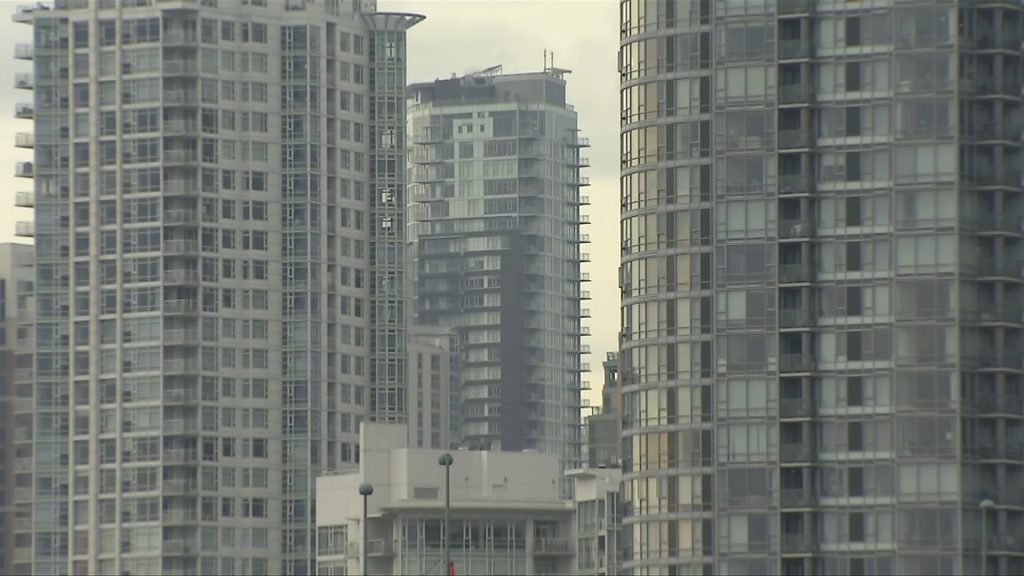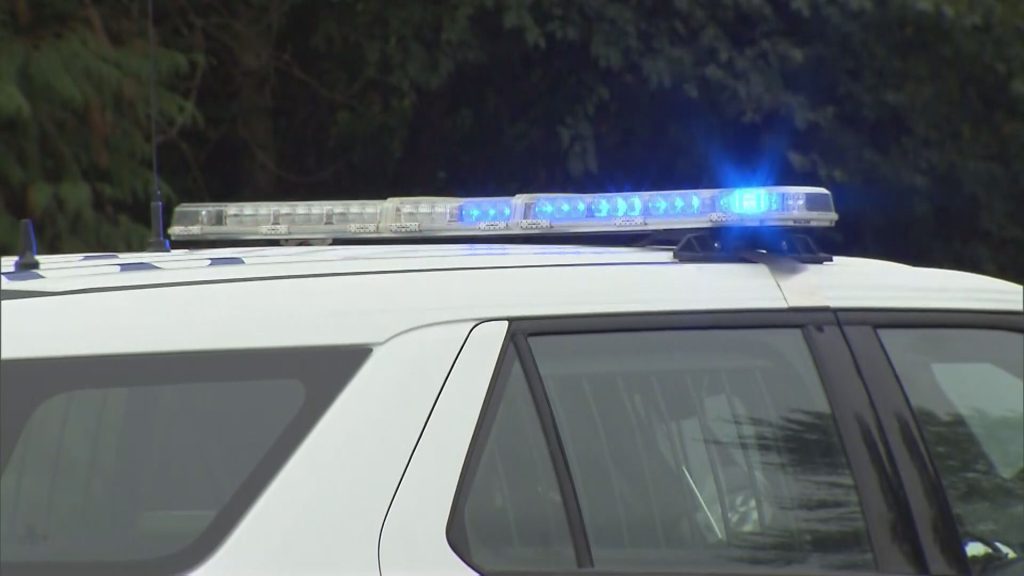B.C. Housing Supply Act targets announced for 10 municipalities

Posted September 26, 2023 2:07 pm.
Months after the B.C. government first identified six municipalities in which it wanted to see more homes built, the province has set housing targets for those cities — and four others.
Per the Housing Supply Act, the province says 10 municipalities across the Lower Mainland and parts of Vancouver Island will have to meet these targets.
To start, Abbotsford, Delta, Kamloops, the District of North Vancouver, District of Oak Bay, Port Moody, District of Saanich, Vancouver, Victoria, and West Vancouver have been identified as communities “with the greatest need” for housing.
The targets for each are as follows:
- City of Abbotsford: 7,240 housing units
- City of Delta: 3,607 housing units
- City of Kamloops: 4,236 housing units
- District North Vancouver: 2,838 housing units
- District of Oak Bay: 664 housing units
- City of Port Moody: 1,694 housing units
- District of Saanich: 4,610 housing units
- City of Vancouver: 28,900 housing units
- City of Victoria: 4,902 housing units
- District of West Vancouver: 1,432 housing units
The targets represent net new units, and must be built within five years, the B.C. government says.
“The housing targets put forward by the Province mark a 38 per cent increase in overall housing to be Ministry of Housing built in these communities over what was projected to have been created based on historic trends,” the province added in a release Tuesday.
In an effort to help local governments meet their targets, the B.C. government says it’s providing municipalities with “resources to speed up approval processes.” Those resources include $10 million to continue implementing the Development Approvals Process Review, as well as accelerated and streamlined permitting processes.
“We will work with them to deliver these housing targets. We’re not going to announce the target and just leave them to their own devices. We’re going to work with them every step of the way,” Premier David Eby said Tuesday.
“I can say the vast majority of cities are there. The vast majority of cities are ready to go. I am very grateful to those that are taking on this additional responsibility and we’ll be there to support them.”
Related articles:
-
B.C. to add more municipalities to its housing target list
-
B.C. targets 6 Lower Mainland municipalities to deliver more homes, faster
-
B.C. looking at protections for renters with roommates: housing minister
The B.C. government says it will evaluate progress after six months, and then every year after. The province says the Housing Supply Act does include compliance options that can be enforced “as a last resort” should local governments not meet their targets.
“If they’re struggling to meet those targets we’ll identify why and we’ll address it. But to start on day one and say, ‘We’re not able to meet those targets because X’ is not going to be an answer,” Eby said.
“It is absolutely vital that we are approaching this in the spirit of cooperation, in the spirit of let’s get this done together. The goals, the targets, were set in partnership with the cities — sitting down with them. What’s realistic? What can we actually deliver? Nobody wants failure here. Everybody wants success and we’re going to keep pushing in that direction. We’re going to support each other to get this done.”
Along with their individual targets, the municipalities have also been given housing target guidelines which outline “a recommended number of units by size,” how many units should be rentals, how many of those should be below-market, and whether they should include on-site supports.
“These guidelines include more than 16,800 below-market rentals,” the province explains, adding the overall analysis looked at not just meeting current demand but also that which will come with population growth over the next five years.
Another eight to 10 municipalities for which targets will be set are expected to be announced later this year.
The Housing Supply Act was passed in November 2022.








